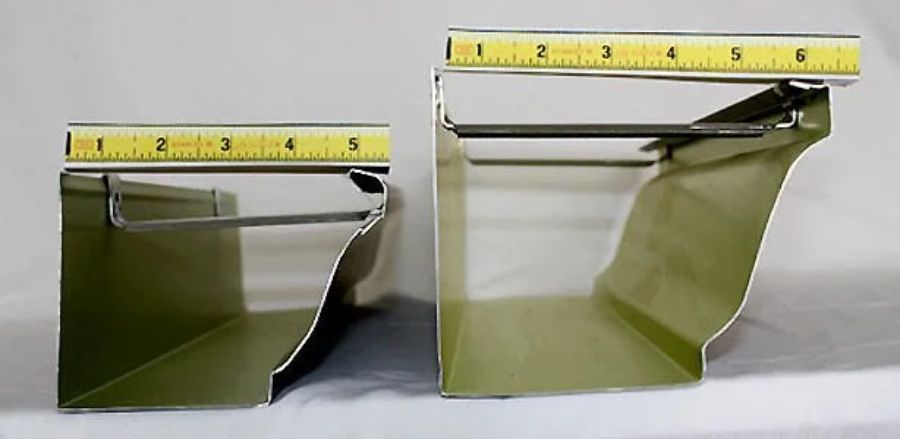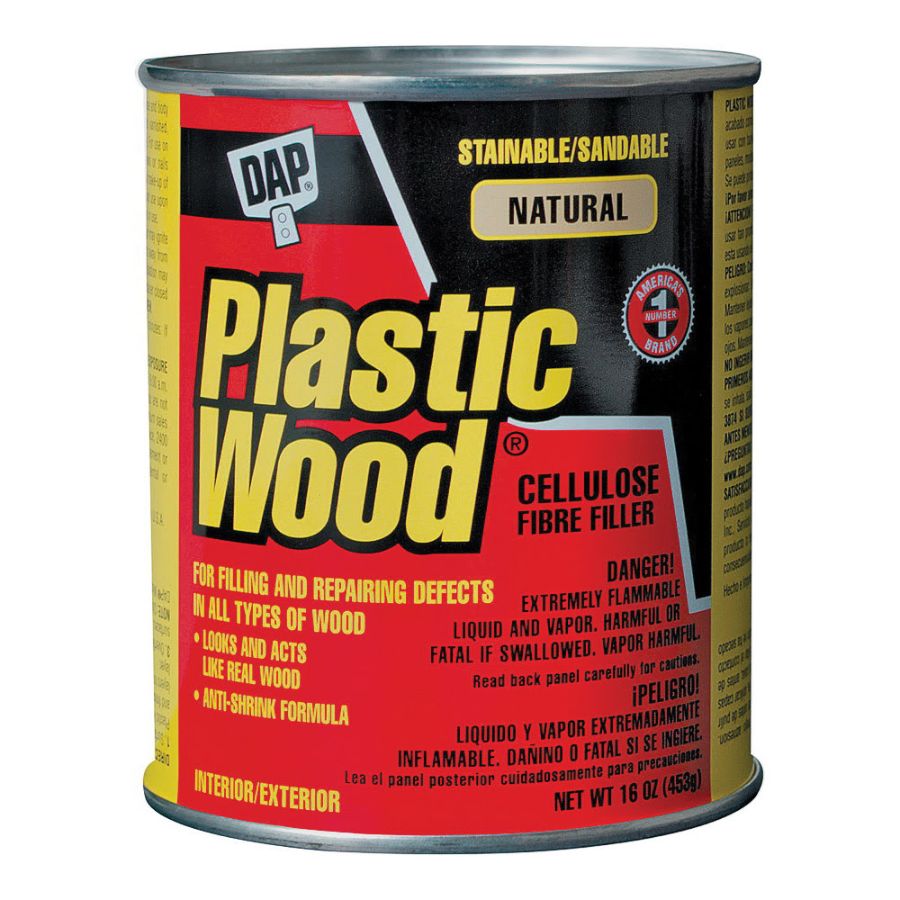When it comes to protecting your home from rainwater, gutters play an important role.
Gutters collect the water running off your roof and direct it safely away from your house, helping prevent water damage to your siding, foundation, and landscaping.
One of the most common questions homeowners have when replacing or upgrading their gutters is whether to choose 5-inch or 6-inch gutters.
While that may sound like a small difference, it can make a big impact on how well your system handles water.
The main differences come down to size, capacity, cost, and appearance.
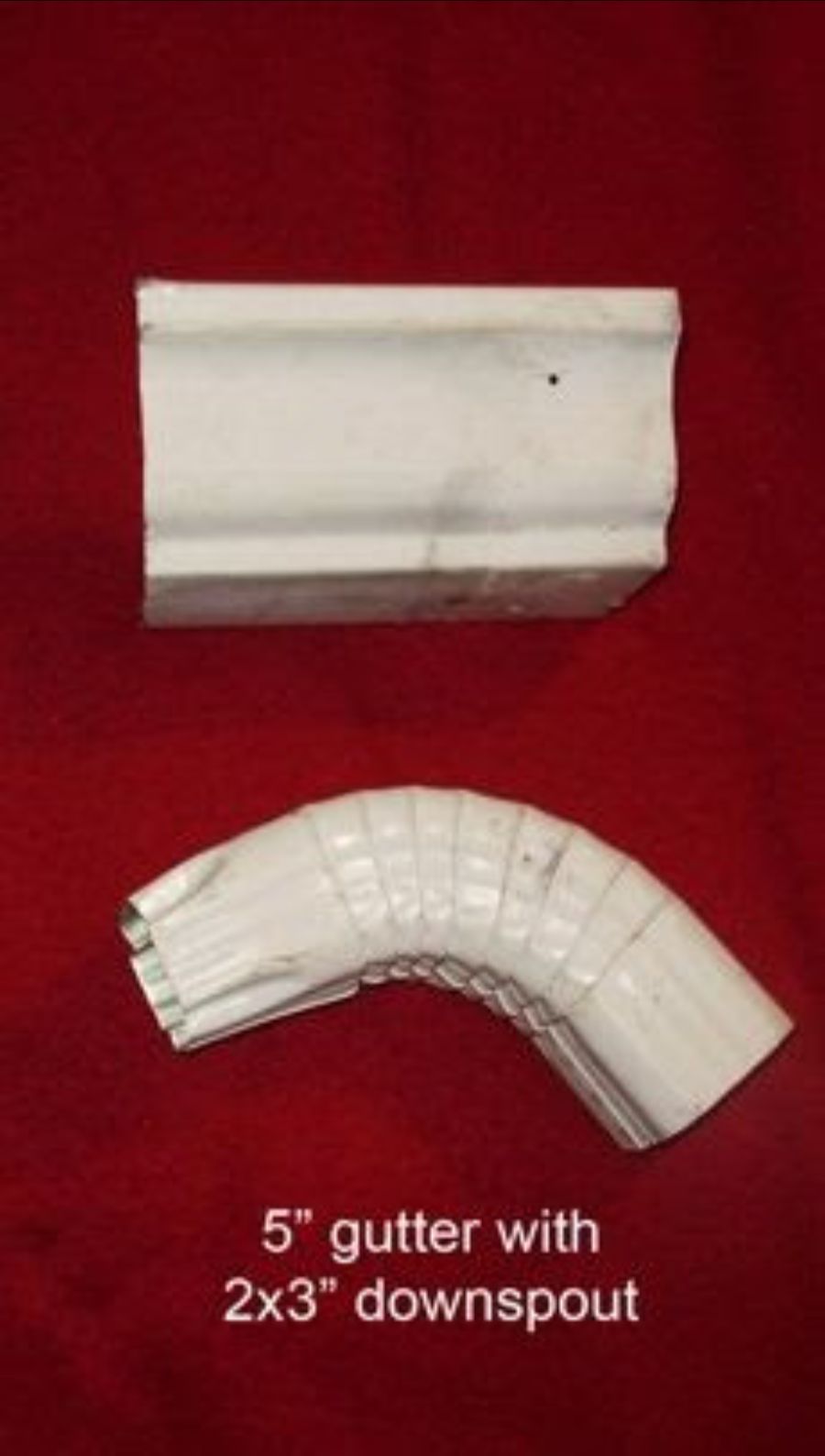
A 5-inch gutter is the most common size used on residential homes.
The 5-inch version works well for most average-sized roofs and normal rainfall conditions. This size can carry a good amount of water and is typically paired with 2-by-3-inch downspouts.
Downspouts help the collected rainwater flow smoothly down and away from the home.
For houses with smaller roofs or in areas with moderate rain, 5-inch gutters usually do the job just fine. They also tend to look balanced on standard homes and cost less to install.
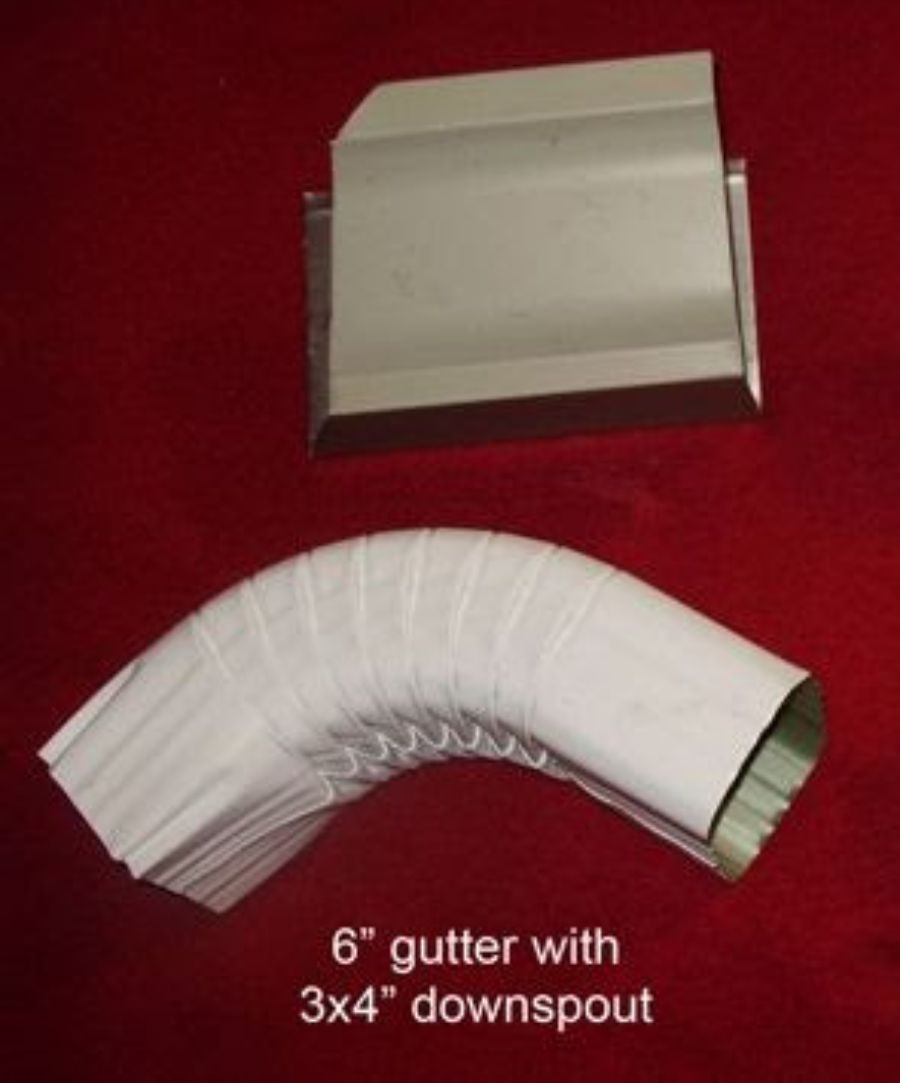
A 6-inch gutter, on the other hand, is a bit wider, can handle much more water, and is a type more often utilized on commercial buildings.
Even though it’s only one inch larger, that difference allows the gutter to hold and move about 40% more water than a 5-inch gutter.
This can make a big difference if your home has a large or steeply pitched roof, where rainwater runs off faster and in greater volume.
A 6-inch gutter system is typically matched with 3-by-4-inch downspouts, which can handle the higher water flow and reduce the chances of clogs.
Because of this, 6-inch gutters are often recommended for homes in areas with heavy rainfall, homes with metal roofs, or homes with multiple rooflines that collect large amounts of water in one spot.
The larger size of a 6-inch gutter also helps prevent overflowing during intense storms.
When gutters overflow, the water can spill down walls, leak into basements, and damage foundations.

That’s why homeowners who live in wet climates often find that the extra capacity of a 6-inch system gives them peace of mind, even if it costs a bit more upfront.
When it comes to cost, 6-inch gutters are generally 15–25% more expensive than 5-inch gutters.
The higher price comes from the extra material, larger brackets, and bigger downspouts needed.
However, this cost can be worth it if it prevents water-related repairs later. Many homeowners see it as a smart investment in long-term protection for their property.
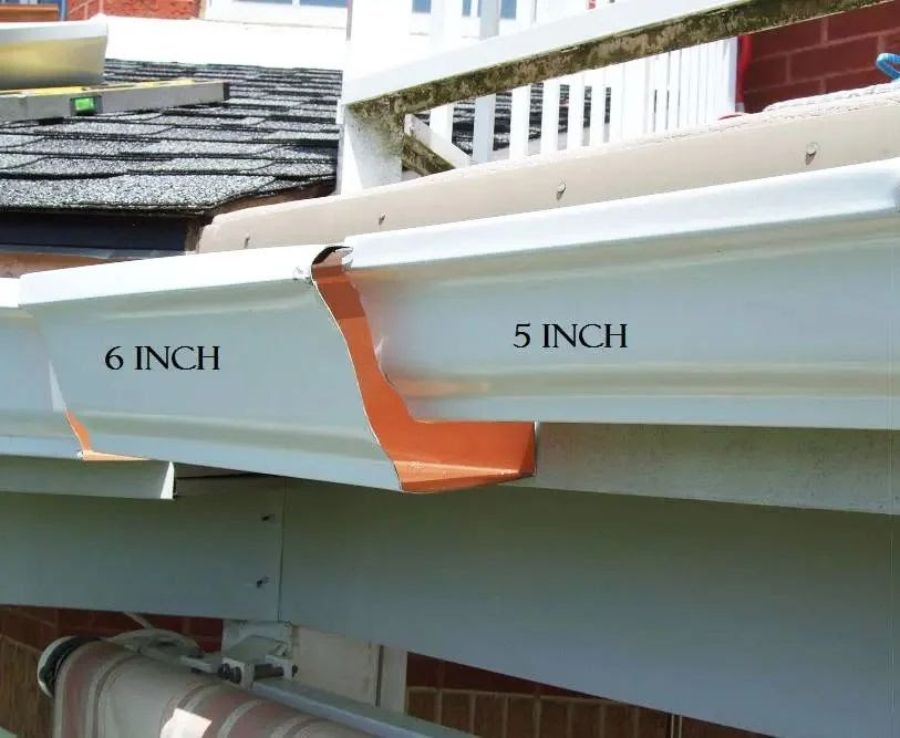
In terms of appearance, 5-inch gutters usually look more proportionate on small or medium-sized homes. They blend in nicely with standard rooflines and trim sizes.
On larger homes, tall walls, or wide fascia boards, 6-inch gutters often look better because they fit the scale of the building. The wider size can even make the home look more finished and sturdier.
The choice between 5-inch and 6-inch gutters depends on the size and slope of your roof, your local weather conditions, and your budget.
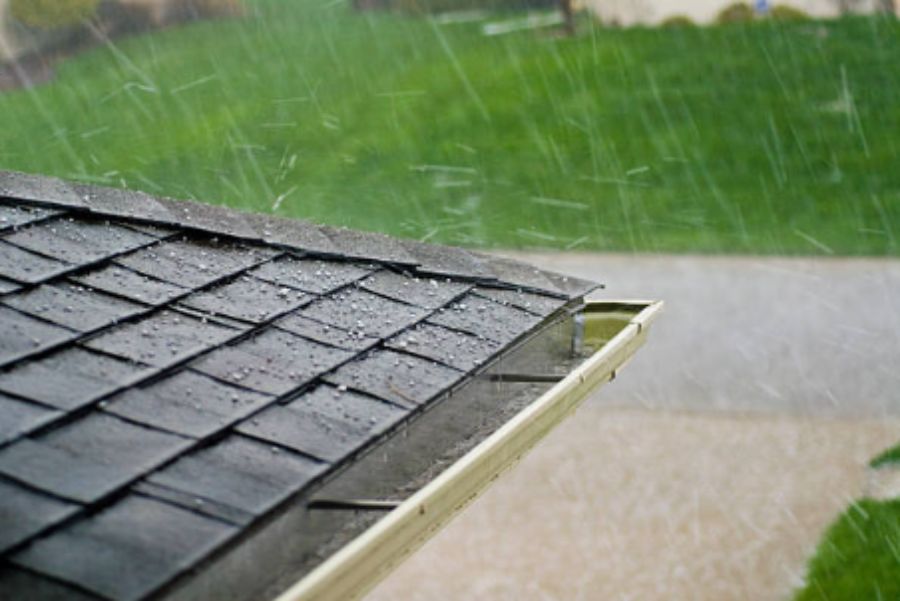
If you live in an area that tends to more often get light to moderate rain and have a typical roof, a 5-inch gutter will likely work well.
If your roof is large, steep, or you tend to receive heavy rainfall, a 6-inch gutter provides more capacity and better protection against overflow (though it will not completely eliminate the chance of overflow occurring!).
Although it may not seem like much, that one-inch difference can make a big difference in how well your home stays dry and damage-free.
Follow Us on Social Media!

